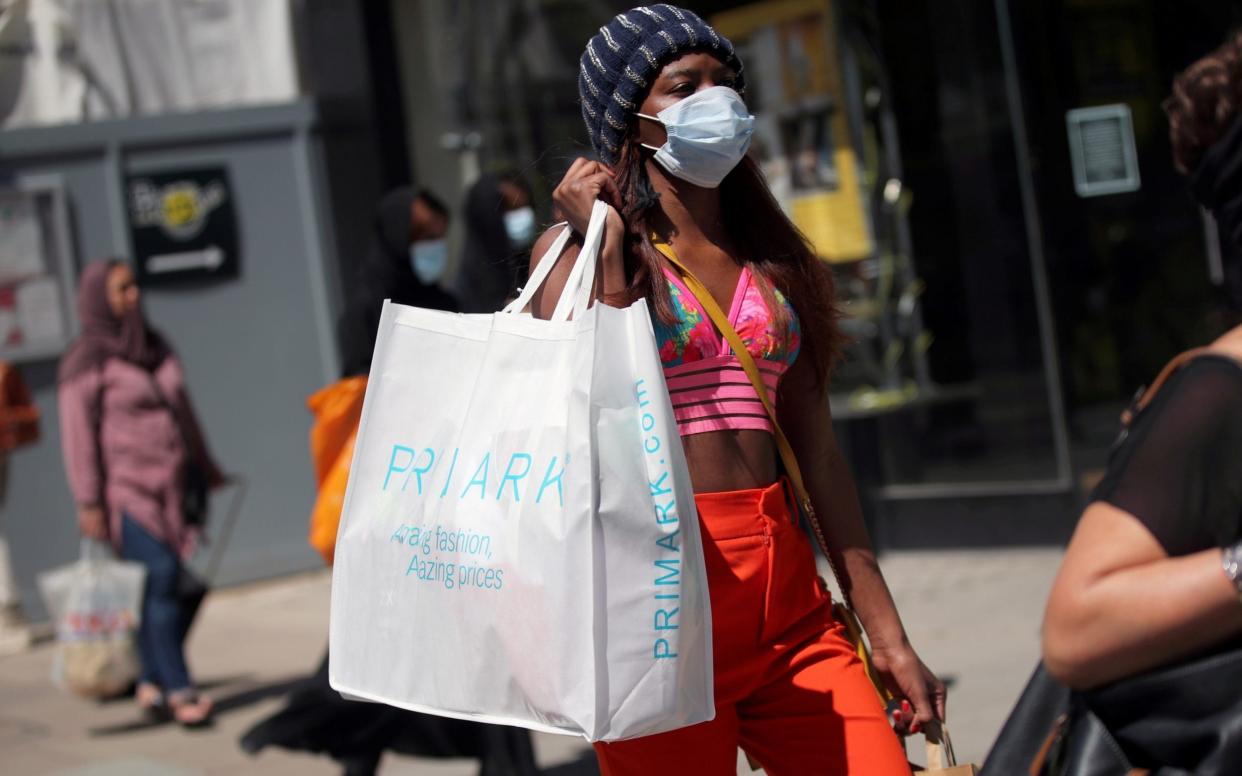DIY and online drive fourth month of higher retail sales

Shoppers spent more last month than before the pandemic as online demand helped the retail sector recover faster than the rest of the economy.
Retail sales rose 0.8pc in August compared with the previous month - more than the 0.7pc economists expected and 4pc higher than in February, the Office for National Statistics (ONS) said.
The sector benefited from fewer people holidaying abroad, a release of pent-up demand after lockdown and a continued DIY-related surge. Spending on household goods was 9.9pc higher than in February.
However, economists warned that the rebound was unlikely to last, especially if unemployment rises sharply.
“Consumer spending has undoubtedly rebounded strongly, but it feels a bit too early to say that it has recovered fully,” said Andrew Wishart of Capital Economics.
“And it may yet stutter as the furlough scheme is wound down and unemployment rises, weighing on household incomes and job security.”
Ian Geddes, head of retail at Deloitte, said that despite the reopening of shops in June, the shift to internet shopping was likely to be permanent given online spending now accounts for 28.1pc of total retail. The figure stood at 20pc in February.
“The challenge, however, is that continued growth in online retail in the months leading up to Christmas could put tremendous pressure on supply chains and fulfilment systems – retailers will need to start managing Christmas demand levels now so as to avoid empty shelves come December,” he added.
Grocery sales rose only 0.4pc in August, after strong growth in previous months when people had eaten at home more.
Lisa Hooker, consumer markets leader at PwC, attributed this rare slowdown to the popularity of initiatives such as Eat Out To Help Out, which gave diners a 50pc discount on meals worth up to £10 each between Monday and Wednesday last month.
Even after the scheme’s end, card spending data from Lloyds Bank showed people spent 14pc more in restaurants in the first week of September than the same week last year.

Shoppers also travelled further to spend more: the median card transaction was more than two miles from home, compared to less than one mile in April, the figures revealed.
Spending in restaurants in August rose most in the North East – by 31pc compared to the same month last year – whereas Londoners spent 4pc less in August than last year, according to the Lloyds data.
The Bank of England said on Thursday that the economy was on course to recover faster than it had forecast in August, but output in the July-September quarter was still expected to be 7pc lower than the last three months of 2019.
The Bank identified consumer demand as one of the brighter spots, but said it was vulnerable to an upsurge in Covid-19 cases as well as a surge in unemployment.
Howard Archer, of the EY Item Club, cautioned that “there is considerable uncertainty as to just how willing and able consumers will be to spend beyond the third quarter”.
“On a positive note, four months of net repayment of unsecured consumer debt totalling £15.7bn over March-June has improved many households’ balance sheets, which will help some consumers’ purchasing ability,” he added.


